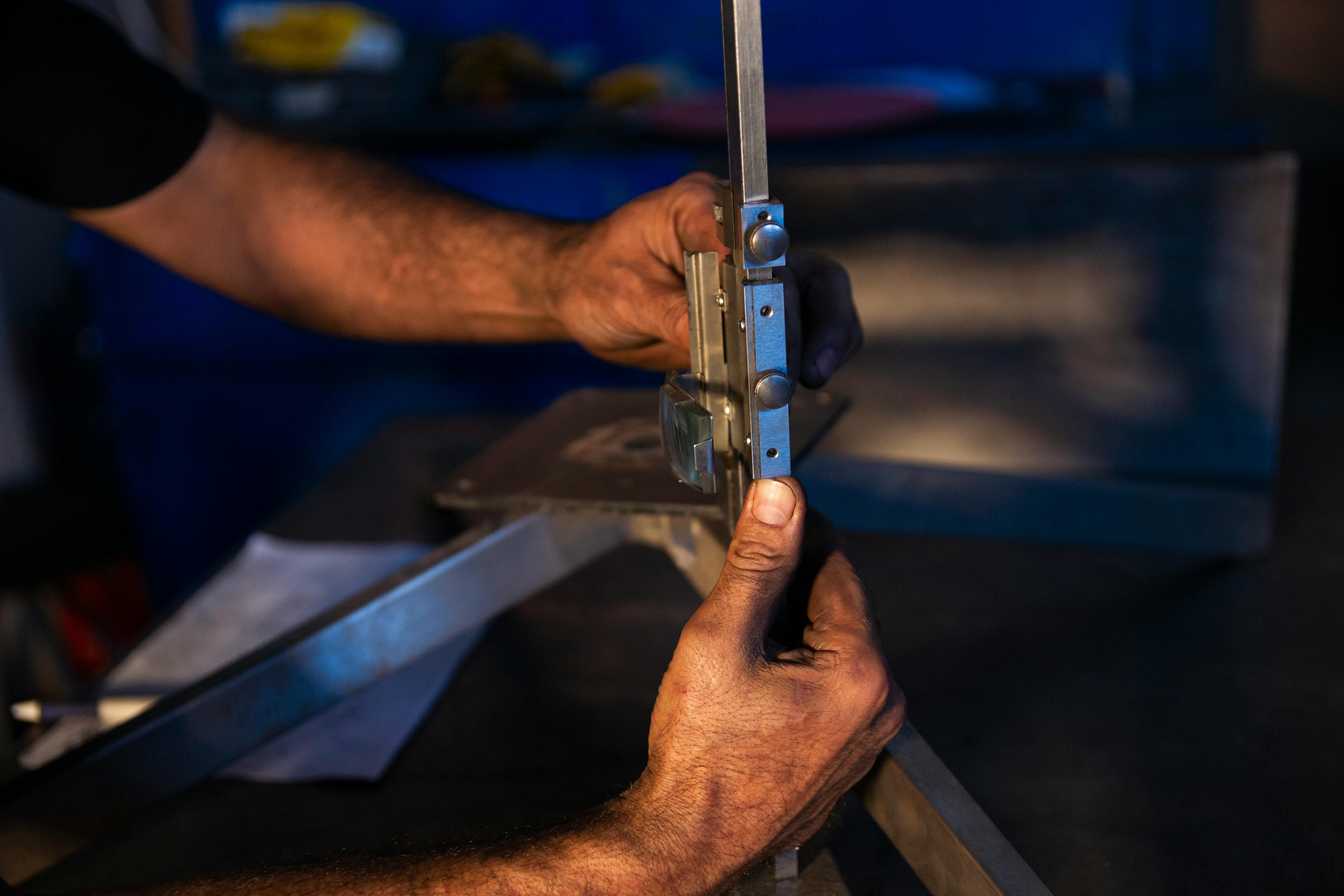Do movies make a difference in our lives? Of course they do. We are human beings and we learn from what we see, hear and feel. Movies offer it all.
Even when the experience is vicarious and we only imagine ourselves in a role, movies affect us because of the combined impact of music, dialogue, lighting, camera angles, and sound effects that allow a movie to elude our ordinary defensive censors.
We can become emotionally receptive and energized by an uplifting message, or we can become desensitized to violent behavior. But like no other medium before it, the popular film presents the potential for a new power for therapeutic success. It is up to us to see that potential and use it in creative and beneficial ways.
Film Therapy is an assessment tool. While many adults benefit from talking about problems, thoughts, dreams, or emotions in psychotherapy, most children and adolescents find it more difficult to express such feelings. A young child’s response to movies can help the therapist understand the child’s personality, concerns, interests, or current problems. In a child’s selection of movies, we can find clues to their working role models…ideal self-images, inner resources, potential goals, perceived obstacles, degrees of imagination and creativity, and their overall philosophy of life. Motion therapy allows children to express feelings that may be too threatening to express directly.
Films can also be used to get to the bottom of difficult issues. Movies provide common ground for discussions about issues related to family, friendship, school, anxiety, self-esteem, or love. Problems can be approached in relation to an external element, and seeing how an individual in a movie handles a situation can give children ideas about how to deal with a problem in their own lives. Key scenes, seen over and over again, can become the foundation for practicing new skills. Many movies allow children and adolescents to imagine how their own problems can be solved when the characters demonstrate a change in behavior.
Many movies, like dreams, are full of metaphors and symbols that affect us on a deep level. Carl Jung believed that as the mind explores the symbol, it arrives at ideas that lie beyond the reach of reason. Metaphors and symbols stimulate two-sided thinking and creativity; creating a bridge to the subconscious and bypassing the normal ego defenses often found in traditional therapeutic approaches.
Myths and stories can help people put their own personal history and the stories of others in the proper context. All myths and stories have a villain and tell great stories of a journey that a hero must begin. Likewise, young people are on a journey of the heart and soul.
Filmmaking can be considered the contemporary form of mythmaking, reflecting our response to ourselves and the mysteries and wonders of our existence. Movies can have a powerful effect on children and teens because they speak directly to their heart and spirit, bypassing resistance from the conscious mind.
Motion therapy can offer information, role models, and options for more positive behaviors, but it is limited by its indirect nature. We are observing, perhaps internalizing, but not necessarily doing. Unless a child is actively and consciously engaged in behavior change, motion therapy lacks the experiential learning element.
While Film Therapy is an assessment tool, the Filmmaking Process becomes a concrete tool for behavior change. This is the best experiential learning, because it is creative and requires a child or adolescent to actively participate in its creation by becoming self-aware. A boy becomes the hero of his own movie and is actively involved in his own journey towards healthy behavior and adulthood. In essence, a child now becomes his own teacher and is learning about himself while watching the movie, over and over again. He is becoming the behavior he admires and solving his own problems while acting within his own scene and as his own role model. The Filmmaking Process was nominated to SAMHSA’s Service to Science Academy in 2008 as one of the Midwest’s most promising prevention programs for its unique fusion of creativity, technology, and human development.
The movie-making process starts with the problem to be addressed, then focuses on the desired result. The movie becomes the hero’s journey to solve the problem and demonstrate more positive behavior. If the problem is bullying, the film’s focus is kindness, the hero learns through his film experience how he feels, how he looks, and how he affects others. The movie is often based on a myth or a story from ancient times, but our hero is the boy.
The movie-making process uses gorilla filming techniques, which is basically the ingenuity of what is available to us at any given time. This can be in the child’s own home, in the backyard, in the neighborhood, at the park, or on the school playground. It’s the creative process of choosing a subject and putting together, or creating, the props that make the movie a movie. Kids and teens love to create their own costumes, and their costumes represent the hero they want to become.
The movie is shot like a silent movie, using gestures and expressions. This is an important part of child development, learning and recognizing the subtleties of human feelings, represented non-verbally in facial expressions and physical postures. This also allows any child to participate. No need to learn and memorize lines, just play the part, expressing the emotion through physical expression.
The movie is often shot through reflection. A child is remembering something from his past, perhaps an incident that caused him emotional pain, to himself or to others. The film is the journey through emotional pain to resolution and a happy ending. The movie always ends with resolution and hope. The journey is complete and the hero is more aware, more skilled, and can now see the incident in a new light.
The narration is added after the film is edited. The narrative is the plot that tells the story of the hero looking back at himself, overcoming obstacles, learning new behaviors, seeing new perspectives, and becoming more than he was before. Using voiceover narration, rather than trying to shoot a movie with sound, keeps the focus on facial expressions, body language, and action, and is very cost and time efficient.
Music is added to the entire movie. Music that is meaningful to the child or adolescent is best and is intended to create the emotional feelings that are important for behavior change. We must feel inspired to change behavior and we must feel hopeful. Music can take us to those heights. While the use of copyrighted music is a very serious problem these days, there are always musicians in every community who want their music heard and used. There is also a lot of royalty free music on the web.
It is essential that a child’s completed film is released with as much fanfare as possible. Inviting family and friends to watch the full movie is an important element in creating a new behavior. Most of the children and teenagers like to watch their movie over and over again. This reinforces the new learning and each viewing reinforces that learning. Now a boy is learning from the movie she created. He is learning that he can be her own hero and can go through life’s difficulties with awareness, skill and hope. He is no longer just watching, he has actively participated, and that is the great power of experiential learning.









